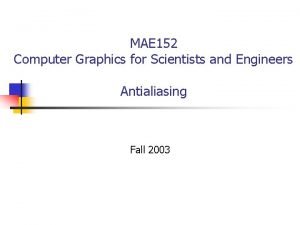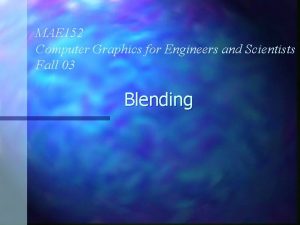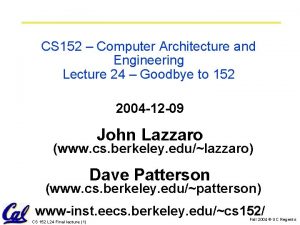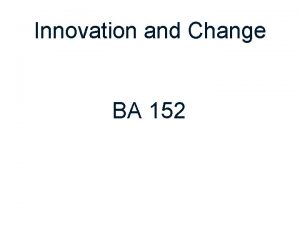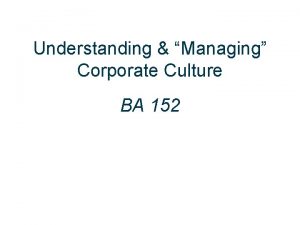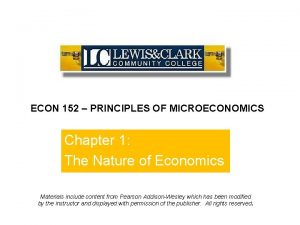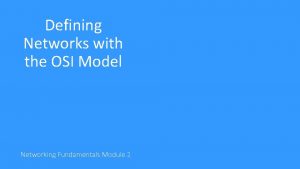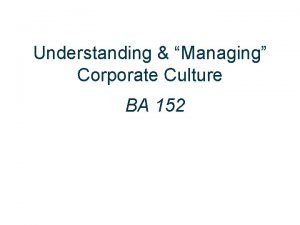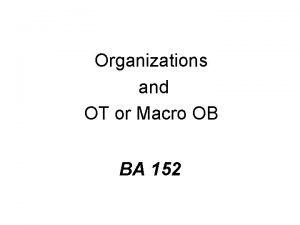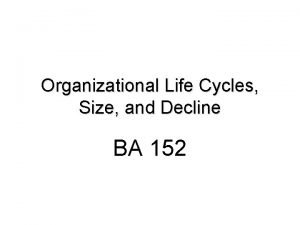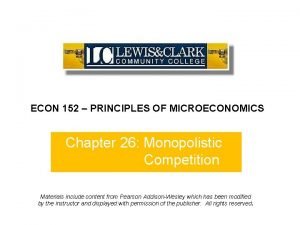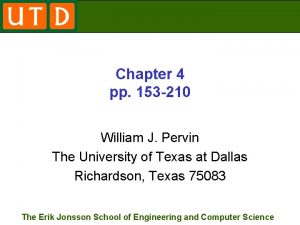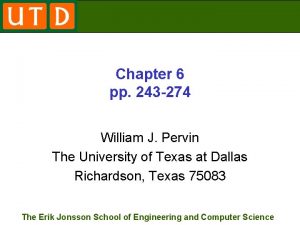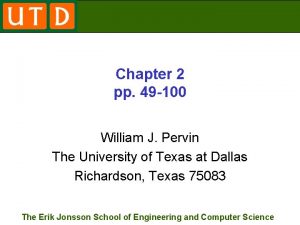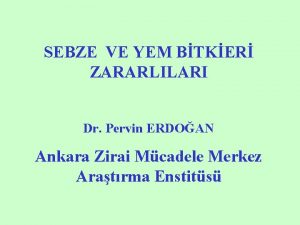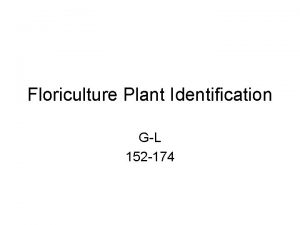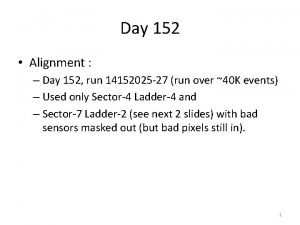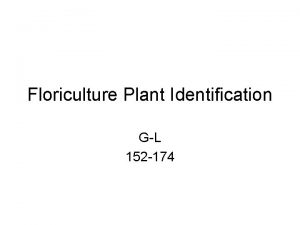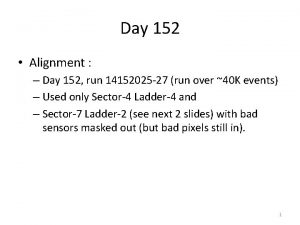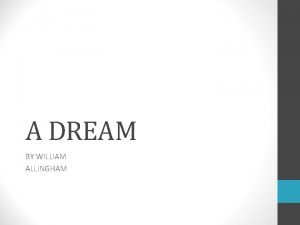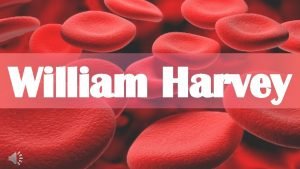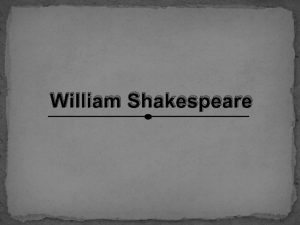Chapter 3 pp 101 152 William J Pervin






![Chapter 3 x 2 P[x 1 < X ≤ x 2] = ∫x 1 Chapter 3 x 2 P[x 1 < X ≤ x 2] = ∫x 1](https://slidetodoc.com/presentation_image_h/279bdce2fd533336059fb6e272d96a70/image-7.jpg)
![Chapter 3 3. 3 Expected Values: E[X] = ∫ xf. X(x)dx = μX E[g(X)] Chapter 3 3. 3 Expected Values: E[X] = ∫ xf. X(x)dx = μX E[g(X)]](https://slidetodoc.com/presentation_image_h/279bdce2fd533336059fb6e272d96a70/image-8.jpg)
![Chapter 3 E[X – μX] = 0; that is, μX = E[X] E[a. X Chapter 3 E[X – μX] = 0; that is, μX = E[X] E[a. X](https://slidetodoc.com/presentation_image_h/279bdce2fd533336059fb6e272d96a70/image-9.jpg)












- Slides: 21

Chapter 3 pp. 101 -152 William J. Pervin The University of Texas at Dallas Richardson, Texas 75083 The Erik Jonsson School of Engineering and Computer Science

Chapter 3 Continuous Random Variables The Erik Jonsson School of Engineering and Computer Science

Chapter 3 3. 1 Cumulative Distribution Function: The CDF FX of a RV X is FX(x) = P[X ≤ x] FX(-∞)=0; FX (+∞) = 1 P[x 1 < X ≤ x 2] = FX(x 2) – FX(x 1) The Erik Jonsson School of Engineering and Computer Science

Chapter 3 Definition: A RV X is continuous if its CDF FX is continuous The Erik Jonsson School of Engineering and Computer Science

Chapter 3 3. 2 Probability Density Function: The PDF f. X of a continuous RV X is f. X(x) = d. FX(x)/dx Or, x FX(x) = ∫-∞ f. X(t)dt The Erik Jonsson School of Engineering and Computer Science

Chapter 3 For a continuous RV X with PDF f. X(x): (a) (b) (c) f. X(x) ≥ 0 for all x FX(x) = ∫-∞x f. X(u)du ∫-∞+∞ f. X(x)dx = 1 Note: We do not require f. X(x) ≤ 1 The Erik Jonsson School of Engineering and Computer Science
![Chapter 3 x 2 Px 1 X x 2 x 1 Chapter 3 x 2 P[x 1 < X ≤ x 2] = ∫x 1](https://slidetodoc.com/presentation_image_h/279bdce2fd533336059fb6e272d96a70/image-7.jpg)
Chapter 3 x 2 P[x 1 < X ≤ x 2] = ∫x 1 f. X(x)dx Note that endpoints don’t matter! The Erik Jonsson School of Engineering and Computer Science
![Chapter 3 3 3 Expected Values EX xf Xxdx μX EgX Chapter 3 3. 3 Expected Values: E[X] = ∫ xf. X(x)dx = μX E[g(X)]](https://slidetodoc.com/presentation_image_h/279bdce2fd533336059fb6e272d96a70/image-8.jpg)
Chapter 3 3. 3 Expected Values: E[X] = ∫ xf. X(x)dx = μX E[g(X)] = ∫ g(x)f. X(x)dx Var[X] = ∫ (x - μX)2 f. X(x) dx The Erik Jonsson School of Engineering and Computer Science
![Chapter 3 EX μX 0 that is μX EX Ea X Chapter 3 E[X – μX] = 0; that is, μX = E[X] E[a. X](https://slidetodoc.com/presentation_image_h/279bdce2fd533336059fb6e272d96a70/image-9.jpg)
Chapter 3 E[X – μX] = 0; that is, μX = E[X] E[a. X + b] = a. E[X] + b Var[X] = E[X 2] – μX 2 Var[a. X + b] = a 2 Var[X] Thus, σa. X+b = aσX The Erik Jonsson School of Engineering and Computer Science

Chapter 3 3. 4 Families of Continuous RVs: Uniform (a, b): f. X(x) = 1/(b-a) if a≤x<b, 0 otherwise FX(x) = 0 , x≤a = (x-a)/(b-a) , a < x ≤ b =1, x>b E[X] = (b+a)/2; Var[X] = (b-a)2/12 The Erik Jonsson School of Engineering and Computer Science

Chapter 3 Exponential (λ): f. X(x) = λe-λx, x ≥ 0, 0 otherwise PDF FX(x) = 1 – e-λx, x ≥ 0, 0 otherwise CDF E[X] = 1/λ Var[X] = 1/λ 2 σX = 1/λ The Erik Jonsson School of Engineering and Computer Science

Chapter 3 If K = ┌X┐ then: If X is uniform (a, b) with a, b integers, then K is discrete uniform (a+1, b). If X is exponential (λ) then K is geometric (p = 1 - e-λ). The Erik Jonsson School of Engineering and Computer Science

Chapter 3 3. 5 Gaussian RVs: Gaussian (μ, σ): f. X(x) = (2πσ2)-1/2 exp{-(x-μ)2/2σ2} E[X] = μ; Var[X] = σ2 ; [S. D. = σ] The Erik Jonsson School of Engineering and Computer Science

Chapter 3 Theorem: If X is Gaussian (μ, σ) then Y = a. X + b is Gaussian (aμ + b, aσ). Standard Normal RV Z is Gaussian (0, 1) Standard Normal CDF 2/2 -1/2 -t ΦZ(z) = (2π) Int{e dt, -∞, z} The Erik Jonsson School of Engineering and Computer Science

Chapter 3 If X is Gaussian (μ, σ) RV, the CDF of X is FX(x) = Φ((x-μ)/σ) P[a < X ≤ b] = Φ((b-μ)/σ) – Φ(a-μ)/σ) Tables use z = (x-μ)/σ standard deviations from the mean The Erik Jonsson School of Engineering and Computer Science

Chapter 3 For negative values in the tables use Φ(-z) = 1 – Φ(z) Standard Normal Complementary CDF Q(z) = P[Z > z] = 1 – Φ(z) The Erik Jonsson School of Engineering and Computer Science

Chapter 3 3. 6 Delta Functions; Mixed RVs: Unit impulse (Delta) “function” δ has the property that, for any continuous g(x): Int{g(x)δ(x-x 0)dx, -∞, + ∞} = g(x 0) The Erik Jonsson School of Engineering and Computer Science

Chapter 3 Unit step function u: u(x) = 0, x < 0 = 1, x ≥ 0 u(x) = Int{δ(t)dt, -∞, x} δ(x) = du(x)/dx Mixed RVs contain impulses and values The Erik Jonsson School of Engineering and Computer Science

Chapter 3 3. 7 Probability Models for Derived RVs: If Y = g(X), how to determine f. Y(y) from g(X) and f. X(x): 1. 2. Find CDF FY(y) = P[Y≤y] Take derivative f. Y(y) = d. FY(y)dy The Erik Jonsson School of Engineering and Computer Science

Chapter 3 Let U be uniform (0, 1) RV and let F be a CDF with inverse F-1 defined on (0, 1). The RV X = F-1(U) has CDF FX(x)=F(x). Note: Most random number generators yield the uniform (0, 1) distribution. This method is very important for simulation work with other distributions! The Erik Jonsson School of Engineering and Computer Science

Chapter 3 3. 8 Conditioning a Continuous RV 3. 9 MATLAB The Erik Jonsson School of Engineering and Computer Science
 Tam kan sayım cihazı çalışma prensibi
Tam kan sayım cihazı çalışma prensibi Pervin topçuoğlu
Pervin topçuoğlu Pervin hürmüz
Pervin hürmüz Unr 152
Unr 152 Ntuser.dat forensics
Ntuser.dat forensics Przedszkole 152 łódź
Przedszkole 152 łódź![Law society of tasmania v richardson [2003] tassc 9 Law society of tasmania v richardson [2003] tassc 9](data:image/svg+xml,%3Csvg%20xmlns=%22http://www.w3.org/2000/svg%22%20viewBox=%220%200%20200%20200%22%3E%3C/svg%3E) Law society of tasmania v richardson [2003] tassc 9
Law society of tasmania v richardson [2003] tassc 9 What is 248 rounded to the nearest hundred
What is 248 rounded to the nearest hundred Mae 152
Mae 152 Blending function in computer graphics
Blending function in computer graphics Cs 152 stanford
Cs 152 stanford Cs 152 berkeley
Cs 152 berkeley Ba 152
Ba 152 Ece 152
Ece 152 Ba 152
Ba 152 Lorne priemaza
Lorne priemaza What ports are defined above 49 152
What ports are defined above 49 152 Ba 152
Ba 152 Macroob
Macroob Ba 152
Ba 152 Plasa
Plasa Econ 152
Econ 152
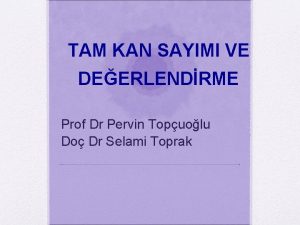
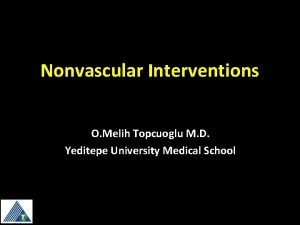
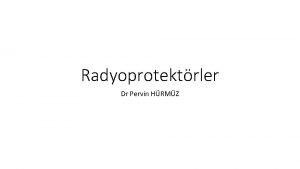
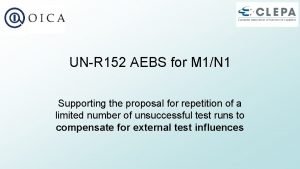
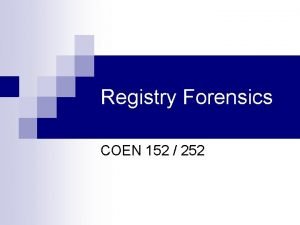

![Law society of tasmania v richardson [2003] tassc 9 Law society of tasmania v richardson [2003] tassc 9](https://slidetodoc.com/wp-content/uploads/2020/10/1024173_0ab07c7fa5fe15bbad1bb1a43f32eeb0-300x225.jpg)

